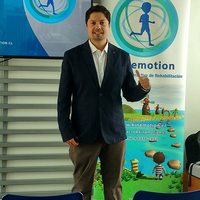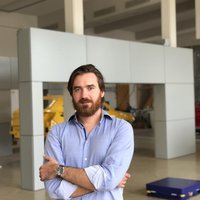The gap between the academic world and the professions demanded by the labor market has always existed. However, it is now especially notable in STEM careers (Science, Technology, Engineering, and Mathematics). According to the report Does digitization create or destroy employment? prepared by Randstad, there is a deficit of technological and scientific experts worldwide. Younger people reject these studies because they see them as unattractive and very complex. But the truth is that, in a globalized world, these specialists are more necessary than ever to face situations such as hunger, new diseases, and climate change. In fact, according to the said report, in some European countries, up to 20% of the future employment will be linked to these areas.
To encourage the creation of STEM profiles, the biotechnologist Mads Bonde has developed a virtual reality laboratory that revolutionizes the way of teaching and studying these disciplines. Inspired by the virtual services of the industrial sector, this Danish innovator co-founded the company Labster Aps. Its platform provides interactive simulations developed from mathematical algorithms for students to carry out their investigations. Thanks to this new proposal, Bonde has become one of the Innovators under 35 Europe 2018 of MIT Technology Review.
Gamification, 360 animations, an immersive 3D world, storytelling and a scoring system to stimulate the users’ curiosity are the main elements of Labster simulations. The recordings often reproduce real-life scenarios and recreate compelling stories, such as solving a case in the style of the CSI television series.
“The objectives that are pursued with these simulations are mainly two: teach lessons more effectively and motivate students”, explains Bonde. According to research by the company, in collaboration with Stanford University (USA) and the Technical University of Denmark, Labster simulations are 76% more effective than traditional models, which means students assimilate knowledge better. Likewise, when combined with traditional systems, efficiency improves by 101%. To achieve this milestone, the recordings offer specific training on the most important aspects of STEM careers. On the other hand, teachers have access to a panel aimed to monitor students and support them in the most complex areas.
But STEM careers must not only overcome the challenge of becoming more attractive. Due to the high cost of installing and maintaining laboratories, not all the universities offer good services. In this sense, one of the advantages offered by Labster is the fact that it encourages learning based on trial and error. Failure in a real laboratory can cause damage to the person and high economic costs, something that does not happen in a virtual installation. This, in addition to enhancing the learning, also saves costs in possible damages.
At present, the company has more than 100 employees and has developed more than 65 simulations on the STEM disciplines. More than 100 educational institutions are already using this virtual laboratory, among which are the Harvard Medical School, MIT and Stanford University (all in the US). The CEO and founder of Livindas Oy, Tina Hynninen, and member of the jury of Innovators Under 35 Europe 2018, says: “since multiple schools have begun to use this system, it will have a great impact on the future of students worldwide”.
By Alba Casilda
Translation: Ana Milutinovic




